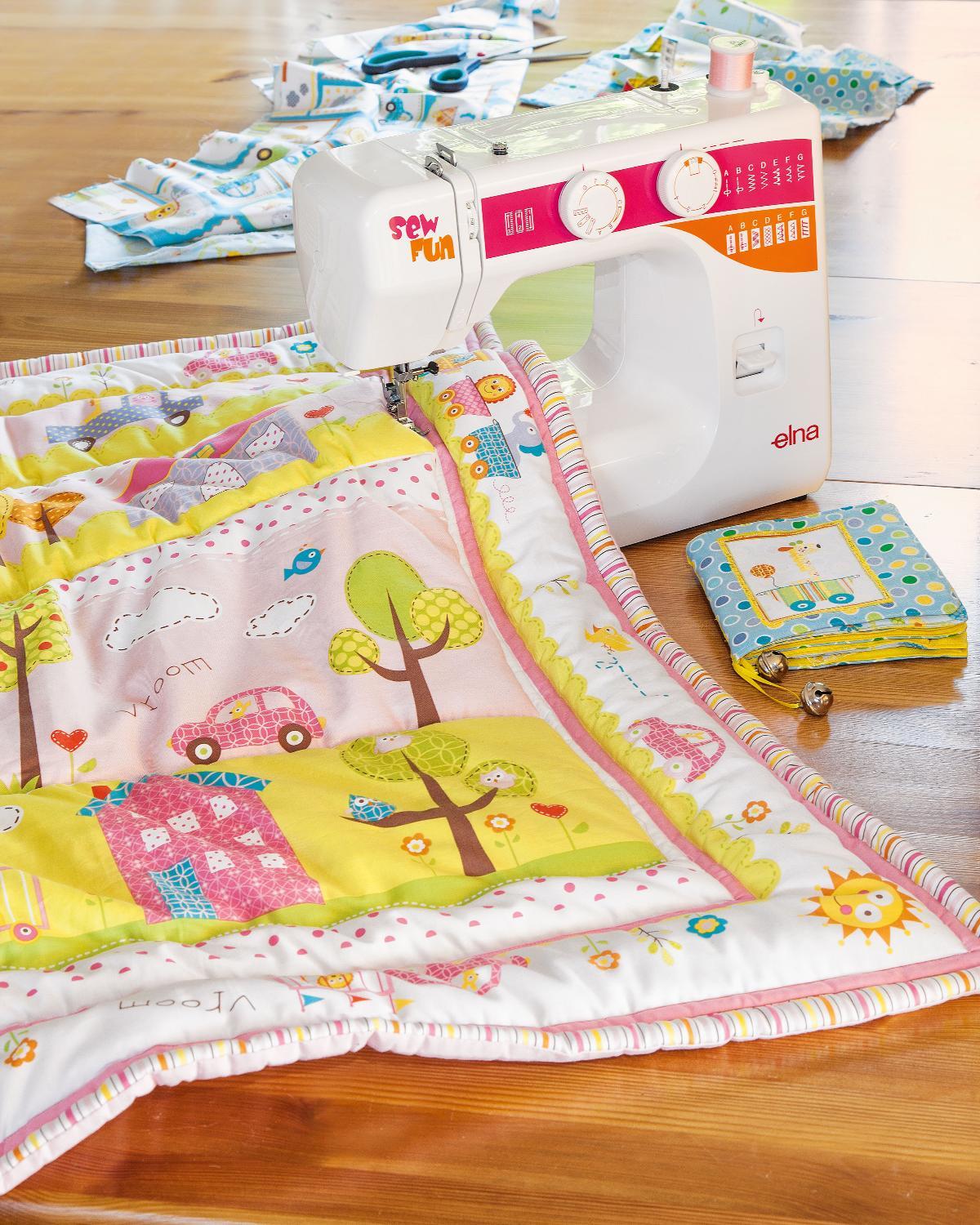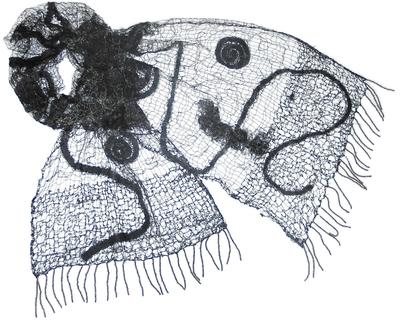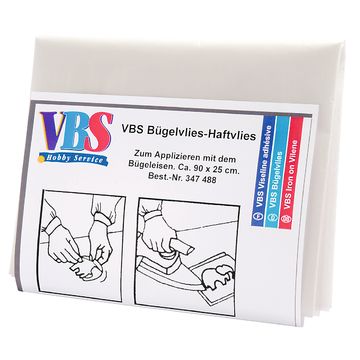- Secure order
- Easy return shipment
- Service-Hotline +32 50 89 35 27
Instructions No. 3310
Are you a passionate sewer and looking for ways to optimize your sewing projects? Then you'll love nonwoven fabric! Let's delve into the wonderful world of nonwovens together and discover how they can be your invisible sewing helper. Find out what nonwovens are, what types there are and how they can be used to take your sewing to the next level.
What is nonwoven?
Non-woven fabric consists of many individual fibers that are not woven, which is why they are not textiles in the traditional sense. The production methods vary, which determines the possible applications of nonwoven fabric. Nonwovens are often used in upholstery, laminate insulation or clothing, where they often remain hidden. However, they can also appear in more obvious forms, such as in cosmetic wipes or diapers. The fibers often come from synthetics, which makes nonwoven durable and easy to care for, especially in sewing, where it is often used in the form of interfacing or batting.
Fleece is the inconspicuous but very important partner of fabric. It provides stability and support and can also create volume or provide warmth. Its effect varies depending on its thickness and type, but in any case, fleece is a reliable companion for any sewing work.
Which nonwovens are frequently used for sewing?
Iron-on fleece
The term "iron-on stabilizer" is often used synonymously with the brand name "Vlieseline". This nonwoven fabric is ironed onto the fabric to reinforce it. Despite its various uses on fabrics, leather, raffia, wood and cardboard, it is easy to use: ironed on with a damp cloth at a low temperature, it guarantees adhesion and stability. Ideal for appliqués, it offers numerous creative possibilities.
One variant is Vlieseline H250, which is characterized by its strength and durability and is ideal for bags or belts. It is suitable for light to medium-weight fabrics such as cotton.
Fusing Vlieseline H250:
Decovil I Light
Decovil I Light is another iron-on fleece. With a leather-like feel, it is particularly crease-resistant and ideal for reinforcing bags and hats. It is washable and keeps your creations in shape.
Processing of material: from Decovil:
Volume fleece - ideal for patchwork & quilting
Vlieseline HH650 (volume fleece)
Vlieseline HH650 is particularly suitable for double-face work. It bonds fabrics on both sides and is suitable for a variety of materials, making it ideal for padding.
Application of Vlieseline HH650:
Vlieseline 272 Thermolam (volume fleece)
Vlieseline 272 Thermolam is ideal for warm jackets or quilts. With good heat retention and breathability, it is suitable for many types of fabric.
Use it by placing it under your fabric and sewing it in place. Due to its heat resistance, it is also suitable as an ironing carpet pad.

Solufleece - for creative sewing and embroidery work
You can give free rein to your creativity with washable solufleece. It serves as a supportive carpet pad for sewing and embroidery work and dissolves in cold water. Perfect for fine or transparent fabrics and a variety of applications such as lace embroidery or appliqué.
Working with solufleece:
For collages or the pizza technique, use Solu stabilizer as a base. Place fabrics or materials on it, fix them with temporary adhesive spray and sew everything before washing out the Soluvlies.
Lamifix - for dirt-resistant projects
Lamifix gives fabrics practical protection. It makes it easier to clean your sewing work, such as placemats or bags, as they can simply be wiped clean. Lamifix is ironed onto the fabric and is ideal for projects that need to stay clean.
Instructions for using Lamifix:
overview of fleece fabrics at VBS
| Which fleece? | For what? | Width of the fabrics by the meter? |
|---|---|---|
| Iron-on fleece from VBS | For reinforcing and appliquéing delicate fabrics. | Cut to size 90 x 25 cm or fabrics by the meter, 90 cm wide. |
Vlieseline H250 (iron-on fleece) | For light to medium weight fabrics for reinforcement and as interlining. | 90 cm |
Vlieseline Decovil I light | Leather-like feel, crease-resistant, tear-resistant. Therefore particularly good for making bags. | 90 cm |
| Volume fleece | For batting. Ideal for patchwork, bags and clothing. | Thickness either 8 mm or 12 mm. Width of the fabrics by the meter 150 cm. |
Vlieseline HH650 (volume fleece) | Can be ironed on both sides, fabrics can be joined. Perfect for doubleface, patchwork and clothing. | 150 cm |
Vlieseline 272 Thermolam (volume fleece) | Warming. Ideal for patchwork. | 114 cm |
| Vlieseline Soluvlies | Ideal for appliqué. Dissolves in cold water. | 90 cm |
| Vlieseline Lamifix | transparent foil for fabrics so that they can be wiped clean. Ideal for placemats or bags of all kinds. | 45 cm |
Conclusion
Non-woven fabrics are true all-rounders and give your sewing projects stability, volume and protection. Whether you want to create quilts, bags or appliqués, the right nonwoven makes all the difference. Visit our online store and discover the variety of nonwovens at VBS. Let your creativity run wild and take your sewing creations to the next level!
